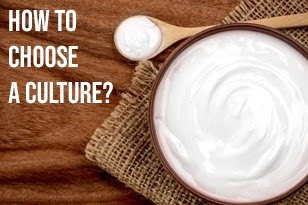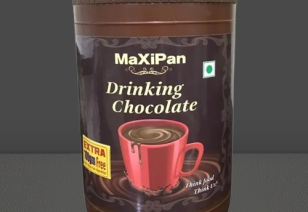January 10, 2025
HOW TO CHOOSE A CULTURE?
Are you in a dilemma on choosing the right culture for your yogurt to be perfect? Choosing the right one might be a tough decision. Sarawagi Group stocks different types of yogurt, curd and cheese cultures and has access to many more varieties of it. Here we are to help you with some of the major considerations that you need to apply as you research and develop your product. Yogurt started cultures vary in taste and consistency, however one must select it based on the best results one gets in their infrastructure. Below we outline the main characters of yogurt starter cultures:
What is a Yogurt Starter Culture?
A yogurt starter is a meticulously balanced blend of bacteria which includes lactose (helps the milk to convert milk to lactic acid) giving yogurt that classic, deliciously tangy taste. The production of lactic acid lowers the ph value of milk, allowing it to be stored for a longer duration and allows for change in protein structure, giving yogurt the texture. Each of these yogurt starter cultures have a unique blend of bacteria which produces different flavor and consistency.
Flavor
The tangy taste of yogurt is due to the acidification of the milk during fermentation. The flavour of yogurt can range from mild sour to quite astringent and varies with the culture used and duration of the fermentation time, longer the fermentation time yields a starter flavour yogurt. Besides the above factors, bacteria of the culture also contributes to the flavor like acetaldehyde, acetoin and diacetyl which have buttery character.
Texture
Yoghurt can be light enough to to drink or hard enough to retain its shape. The starter culture used, temperature, time and the type of milk – all these factors contribute to the consistency and the texture of yogurt.
Culturing temperature
Starter culture can be divided into two main groups:
- Mesophilic means medium-heat loving, indicating that it will propagate based at room temperature (around 77-86 degree Fahrenheit). It can be further elaborated into 2 different features; lactic acid starter which is used to produce lactic acid and aroma producing bacteria which is used to produce CO2 and diacetyl flavor.
- Thermophilic culture prefer warmer temperature (when compare with mesophilic culture). Thermophilic culture requires a consistent heat source to culture properly.
Below we enlist some of the different cultures we provide with their features:
-
Starter culture: FD-DVS STI-15
- Type: Thermophilic lactic acid culture
- Perpetuation: Direct Det
- Culture composition: Streptococcus Thermophilus
- Size: 30 packets * 500 litres of Yogurt (50u) / 25 packets *2000 litres of Yogurt (200u)
- Shelf Life: 24 Months under frozen condition
-
Starter culture: FD-DVS STI-13
- Description: Thermophilic lactic acid culture
- Perpetuation: Direct set
- Culture composition: Streptococcus Thermophilus
- Size: 30 packets * 500 litres of Yogurt (50u) / 25 packets *2000 litres of Yogurt (200u)
- Shelf Life: 24 Months under frozen condition
-
Starter culture: FD-DVS Exact curd-1
- Description: Blend of Thermophilic and Mesophilic Cure
- Perpetuation: Direct Set
- Culture composition:
- Lactococcus lactis.subsp.cremoris
- Lactococcus lactis.subsp.lactis incl.bovar diacetylactis
- Leuconostoc
- Streptococcus Thermophilus
- Size: 25 packets *2000 litres of Yogurt (200u)
- Shelf Life: 24 Months under frozen condition
- A phage alternative is available on request.
-
Starter culture: YF-L903
-
- Description: Thermophilic YoFlex – culture
- Perpetuation: Direct Set
- Culture composition:
- Lactobacillus delbruckii.subsp.bulgaricus.
- Streptococcus thermophilus
- Size: 30 packets * 500 litres of Yogurt (50u)
- Shelf Life: 24 Months under frozen condition
For more details about the cultures available at Sarawagi Groups please visit
our website: www.sarawagigroup.com.np or contact our helpline number: +977 9802069589.












